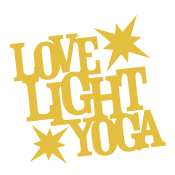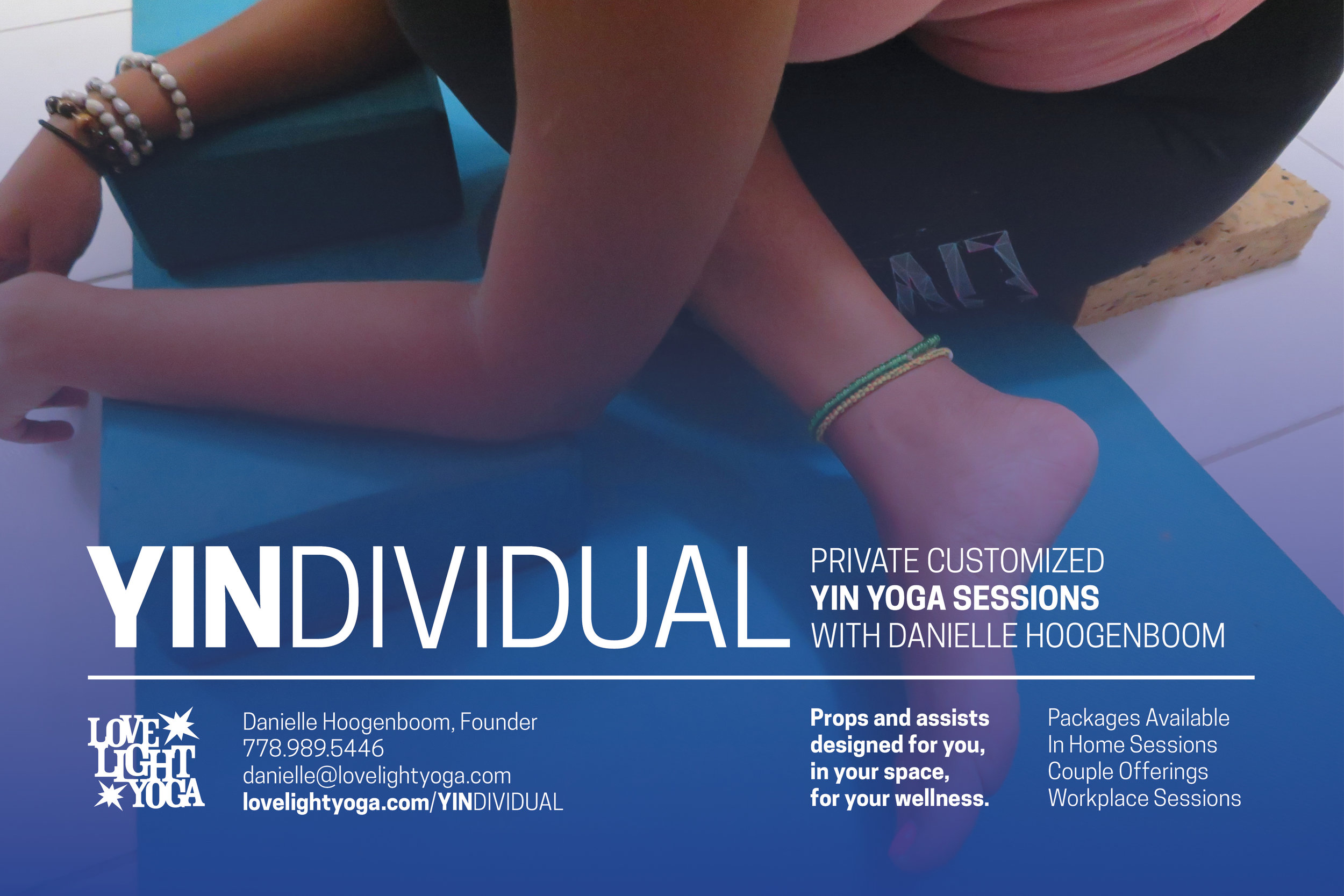Trauma Training for Yoga Teachers, Professional and Beautiful Humans
/The rationale behind our Love Light Brain Lab (an educational project based on movement and a psycho-neurophysiological understanding trauma). Join us for Yoga and your Brain in North Vancouver, January 29th and 30th. Register here.
Trauma, the T word, is common, more common than we think. Adverse childhood experiences, for example, have incredible statistics. 20% of children experience sexual abuse of some sort, 13% are victims of domestic violence, 28% endure physical abuse. Those children potentially might become traumatized adults.
If it’s not ourselves to have been traumatized, then it’s our friend, our neighbour, or most likely the person on her yoga mat next to us in downward dog. And chances are that even if that person does not consciously recall the details of the traumatic experience, her body does. Our traumatized bodies remember, or as van der Kolk has it, our bodies keep the score.
Neurosciences have informed us that these psychologically-scarring memories are not stored in frontal regions of the brain, those regions associated with decision making or rationality. They are stored in deep, ancient structures of the brain. These areas have evolved to grant survival and they need to inform the body about an immediate reaction. When the brain is stuck with those memories, so is the body, trapped in a situation of constant fear or chronic helplessness.
Margaret Howard is very clear in her article for the Huffington Post that “Trauma Training Should Be Mandatory for Yoga Teachers “ . What she means with this is that yoga teachers should educate themselves and learn how to avoid triggering situations. I agree with this but I would also add something more. Triggers are everywhere. A trigger can be pretty much anything that in our irrational limbic or reptilian brain activates a “danger” response.
A patient once came to seek therapy because she was reportedly “scared of holidays”. As the weekend approached, she started to feel jittery, edgy, and generally anxious. After some work (I use mostly EMDR and neuro-feedbackin my clinical practice), what emerged is that she has been attacked by a little white dog (do you know, those little terriers?) as she was a toddler is her stroller. Her brain later made a connection: that white aggressive dangerous ball of fur looked, in her head, exactly like Santa Claus’ beard, and she developed an irrational fear of Santa. Then the association evolved into feeling scared of Christmas, and then last thing you know, she became afraid of any type of vacation, weekends included.
So avoiding triggers is a very noble cause, but not always realistic given this irrational brain of ours. What is most important is to become educated and develop what Howard defines “responsible, ethical teaching practice”. There are things that can be avoided (touching your students, asking them to change position, using props like loops, a mindless language etc) but again, whatis not triggering for some , could be for someone else (like Santa’s beard). What is more important is to know the dynamics of trauma, that it is not a rational business what to do in case of an abreaction and how to facilitate healing in general.
This does not mean that yoga teachers should become therapists. I would loose my job if they did. It means that to use a metaphor, you still can learn to do a CRP, in case of an emergency even if you are not a doctor,.
So why did we think of Love Light Brain Lab as an educational project on trauma and what is it?
We have heard the need of a training that addresses this issue. That teaches the “CPR” of trauma. In practical terms, this means that in the workshop it is possible to learn about the neuroanatomy of trauma, about the vagus nerve and how to breathe in a scientifically correct manner so that vagal tone is increased, it means to learn to optimise the CO2 tail, ie increase the level of carbon dioxide in the system as we breathe (yes, you heard it right, increase CO2, sir), it means to learn simple exercise to reconnect and make peace with the traumatized body, to learn to quiet and regulate the autonomic nervous system, it means to study information about the psoas muscle and how to activate some tremors, it means to learn about tapping and bi-lateral stimulation.
There is a beautiful movie, just about to be released, called “Resilience, the biology of stress and the science of hope” . In the trailer, one of the participants argues that it is important to bring science to the “general population, so that they can invent wise action”. This is the intent of our workshop. Inform, with solid scientific foundations, so that wise action can take place, healing can spread and change on a bigger scale can take place.




